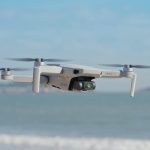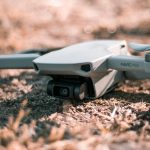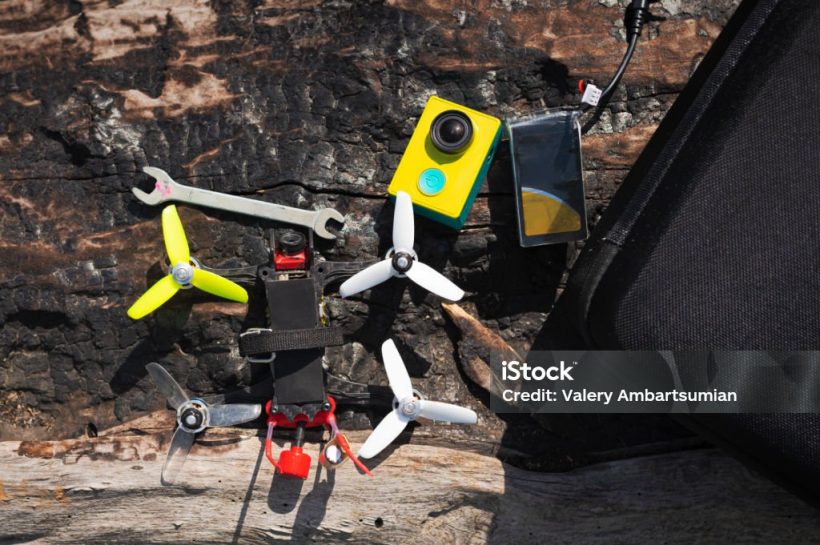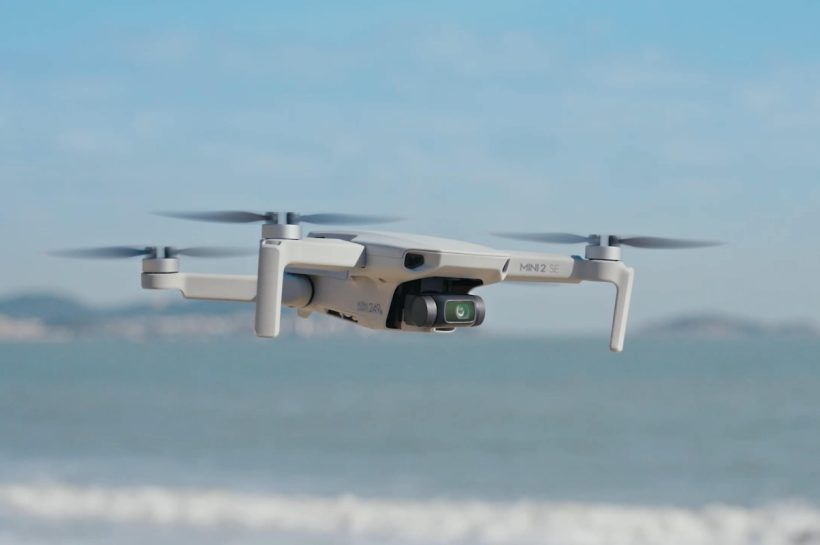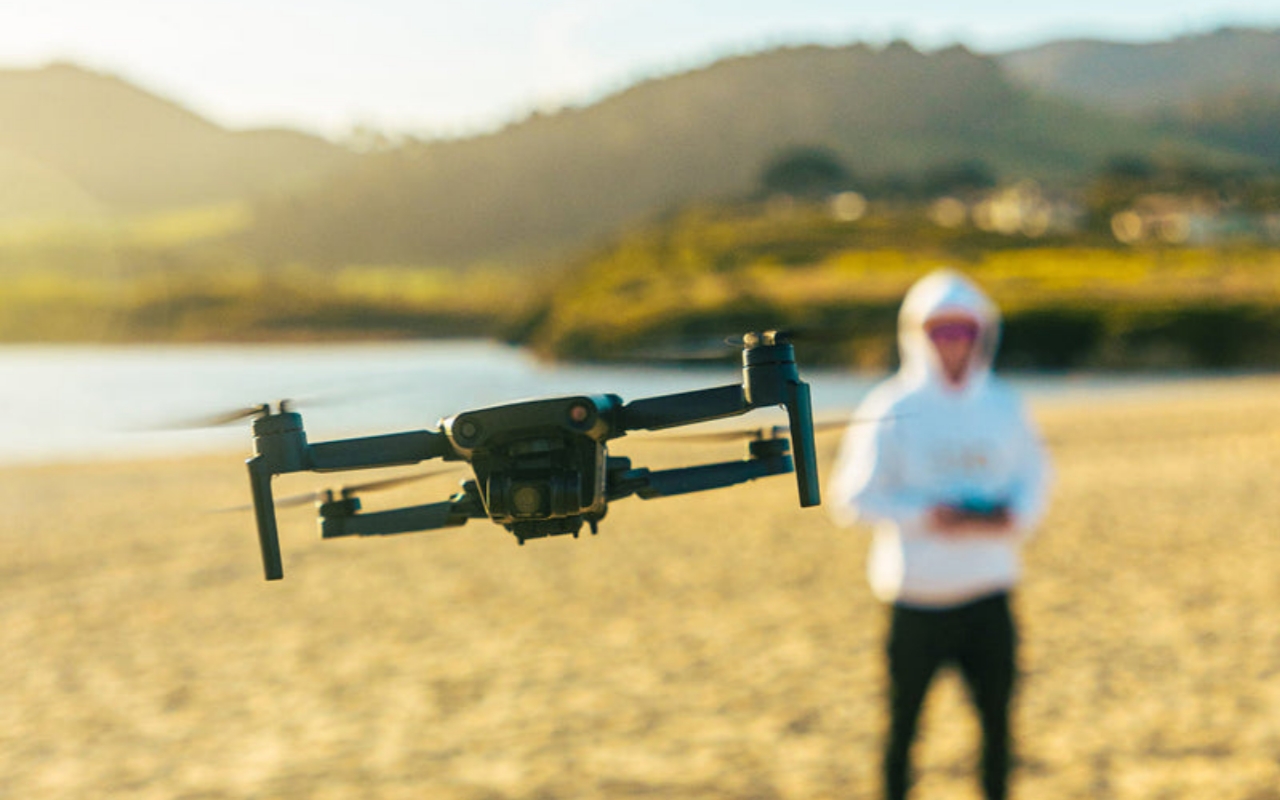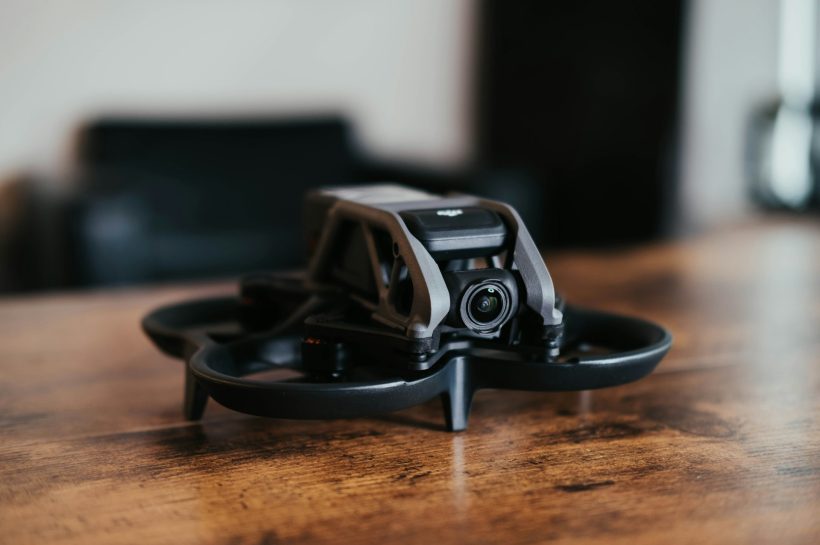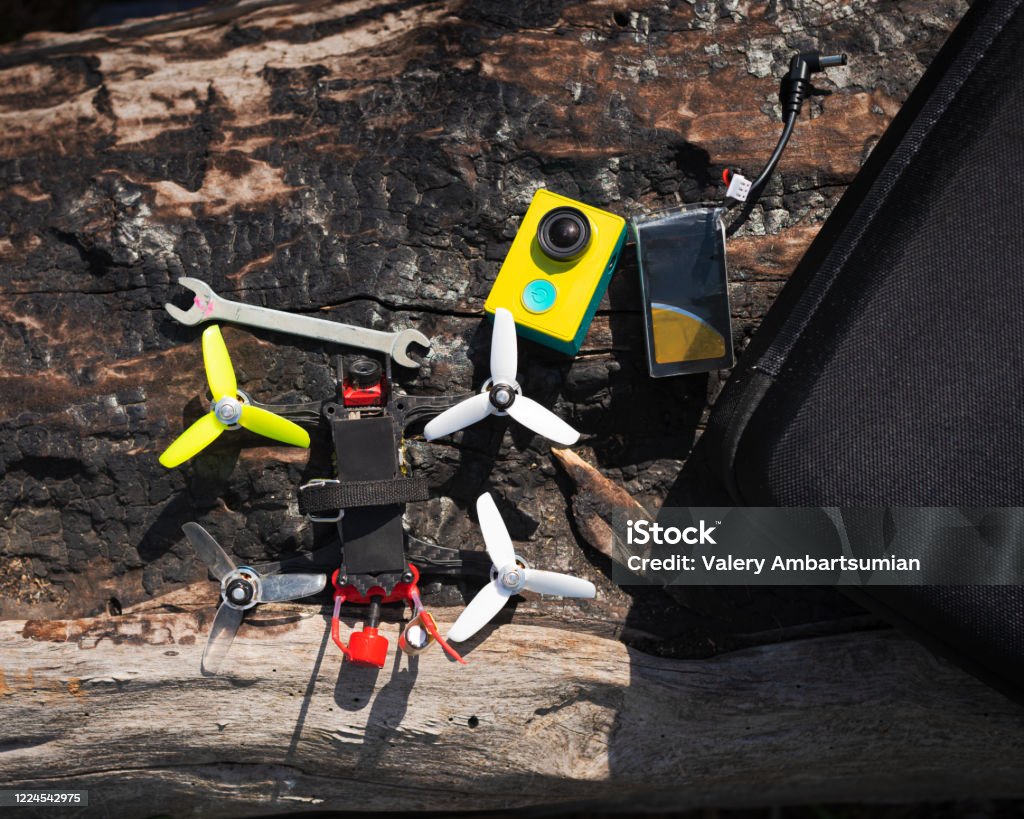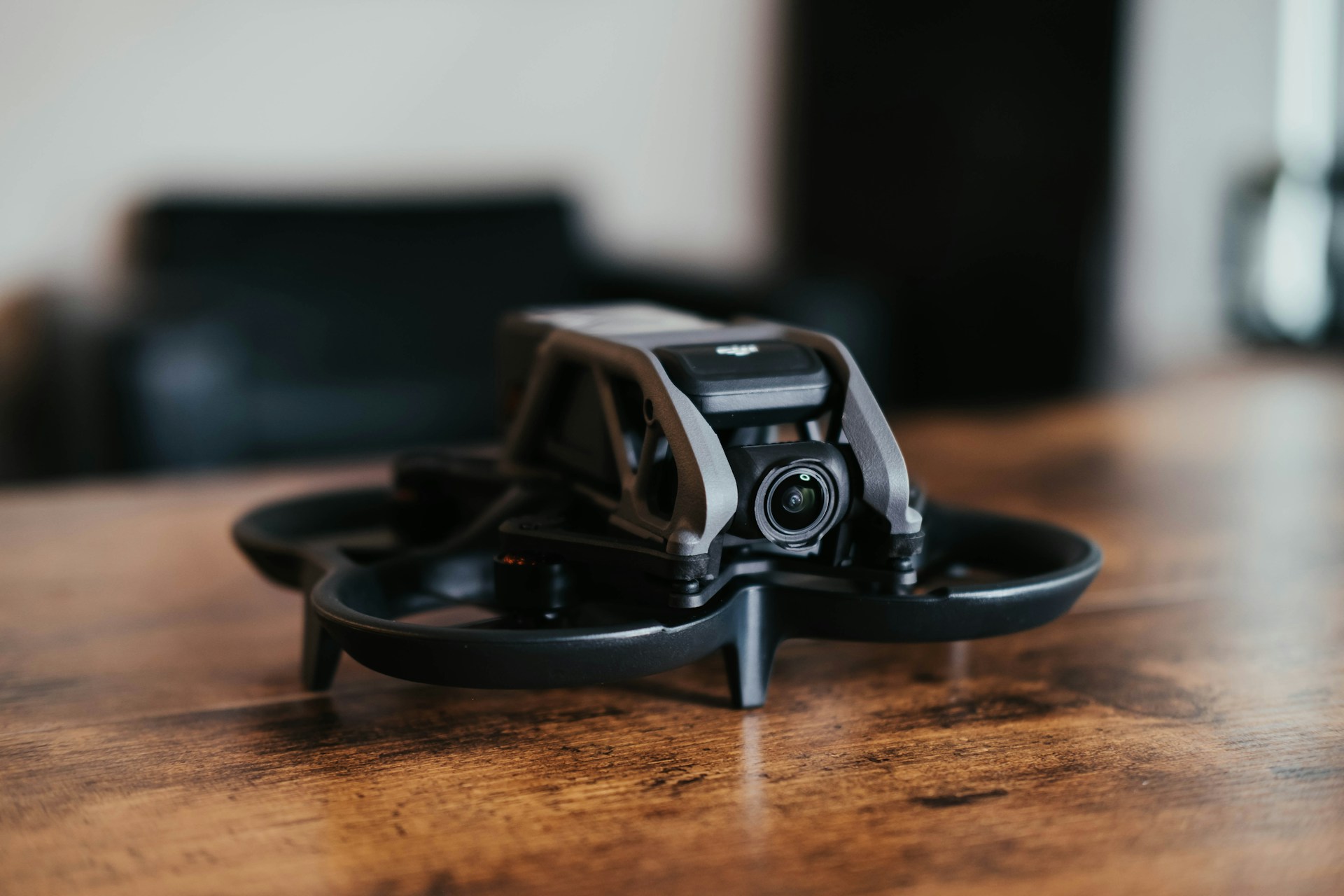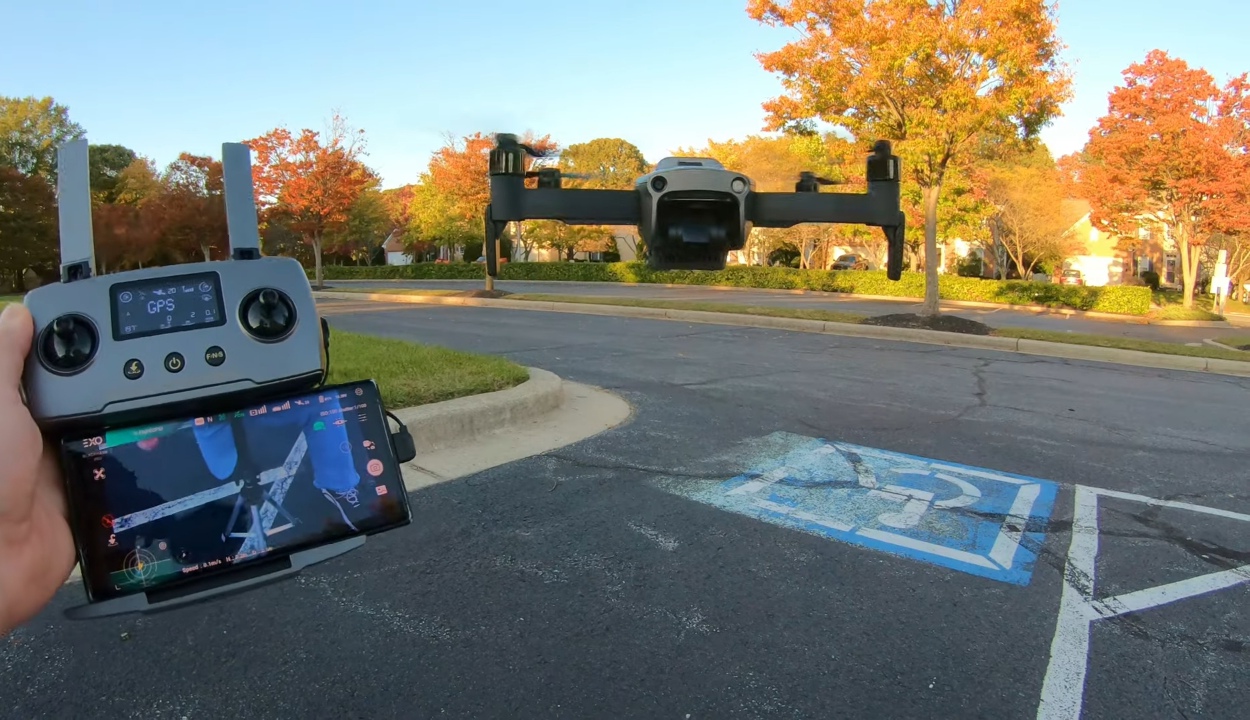Understanding Common Causes of Drone Crashes (and How to Avoid Them) is crucial for anyone venturing into the exciting world of drone flight. These amazing machines, with their spinning rotors and cameras that grant us a bird’s-eye view, have become popular with hobbyists and professionals. Drones allow us to see the world in new ways, capturing stunning aerial footage and performing tasks previously unimaginable. But before you take off and experience the thrill of drone piloting, it’s essential to prioritize safety by familiarizing yourself with potential pitfalls.
In this article, we’ll talk about the common mistakes that can cause drone crashes and, more importantly, how to avoid them. By understanding the risks and practicing safe flying, you can make sure your drone experiences are fun and successful.
Common Causes of Drone Crashes
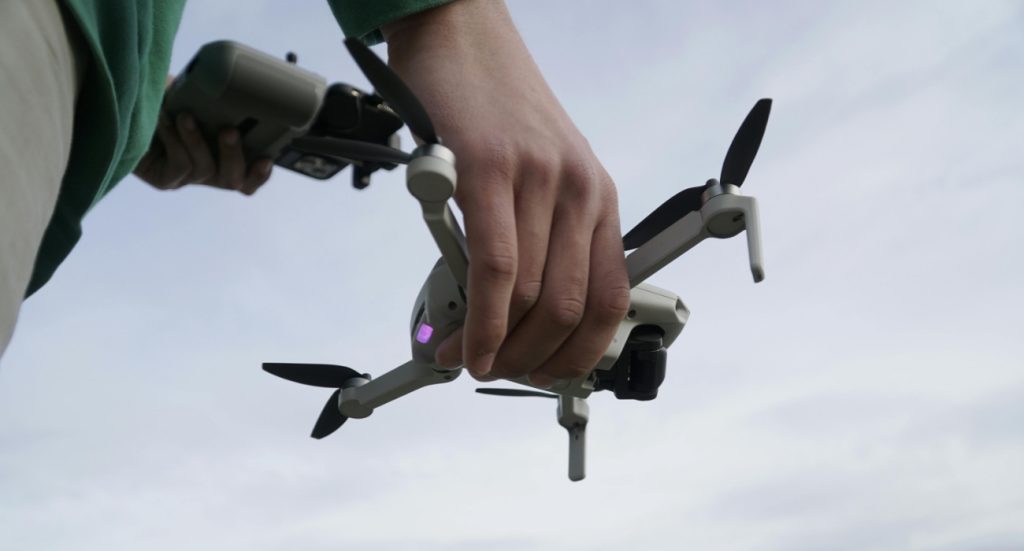
Drone crashes can happen for a variety of reasons, but they can be broadly categorized into two main areas: Pilot Error and Technical Issues. Let’s delve deeper into each of these categories to understand the specific situations that can lead to a crash and how to prevent them.
A. Pilot Error
Pilot error is the most common cause of drone crashes. Here, we’ll explore two key areas where mistakes can happen:
- Pre-flight Issues: These occur before you even take off and can be easily avoided with proper preparation.
- Lack of pre-flight checks: A thorough pre-flight check is crucial to ensure your drone is in good working order. This includes verifying battery levels, checking for loose propellers or damaged parts, and calibrating the compass if necessary.
- Insufficient battery life: Misjudging your flight time can lead to a low battery situation mid-air. Always plan your flight path considering battery life and factor in a buffer for unexpected situations.
- Ignoring weather conditions: Wind, rain, and snow can significantly impact your drone’s flight stability and range. Understanding the weather forecast and choosing suitable flying conditions is essential for safe operation.
- In-flight Issues: These mistakes happen while you’re piloting the drone and can be caused by various factors.
- Flying beyond visual line of sight (BVLOS): Regulations typically prohibit flying drones beyond your unaided visual range. Losing sight of your drone makes it difficult to maintain control and increases the risk of collisions.
- Distractions and loss of focus: Taking your eyes off the drone or getting distracted by your phone or camera can lead to a loss of control and a crash. Maintain focus and prioritize safe piloting.
- Misjudging altitude and distance: It’s easy to underestimate how high or far away your drone is, especially for new pilots. Be mindful of your surroundings and maintain a safe distance from obstacles.
- Flying too close to obstacles: Trees, buildings, power lines, and other objects pose a significant threat to your drone. Maintain a safe distance and be aware of your surroundings at all times.
- Improper use of automated flight modes: Return to Home (RTH) features can be helpful, but they’re not a failsafe. Understand how these features work and use them cautiously, especially in complex environments.
B. Technical Issues
Even the most prepared pilots can encounter unforeseen problems. Here are some common technical issues that can lead to a drone crash:
- 1. Malfunctioning rotors or propellers: Damaged, unbalanced, or malfunctioning propellers can cause the drone to vibrate uncontrollably, lose altitude, or veer off course. Regular inspections and prompt replacement of worn-out propellers are crucial.
- 2. Disconnected or weak video transmission signal: A lost or weak video signal can make it difficult or impossible to see where your drone is going, potentially leading to a collision. Interference from other devices or flying too far from the controller can disrupt the signal.
- 3. Compass errors or interference: A malfunctioning compass can cause the drone to lose its orientation and drift off course. Metal objects, power lines, and some electronic devices can interfere with the compass, requiring recalibration before flight.
- 4. Low battery warnings ignored: Modern drones provide low battery warnings, but neglecting them can lead to a sudden loss of power and a crash, especially during long flights.
- 5. Collisions with other drones: With the increasing popularity of drones, the risk of mid-air collisions is growing. Be aware of your surroundings, maintain a safe distance from other drones, and follow air traffic regulations if applicable.
How to Avoid Drone Crashes
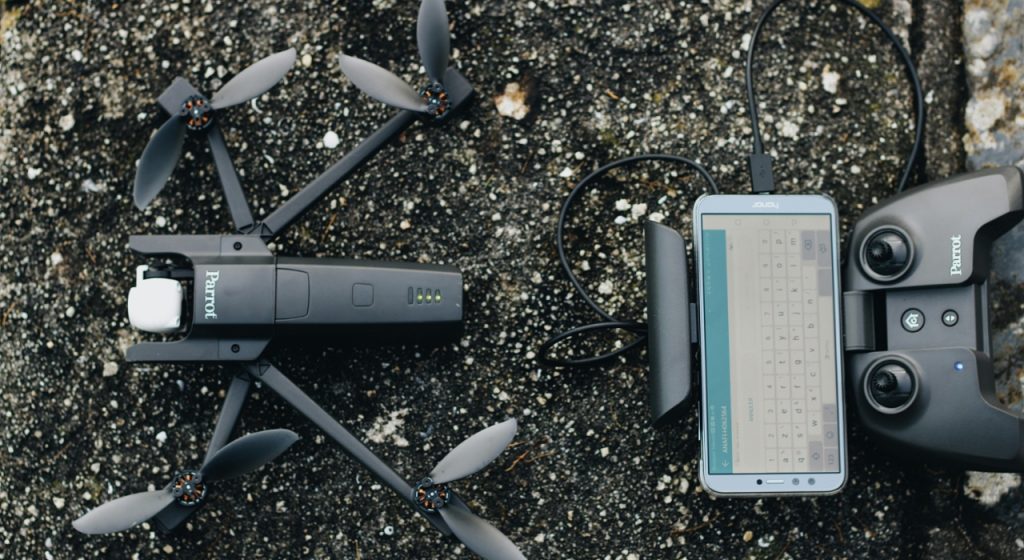
Pre-flight Preparation
The foundation of safe drone flying lies in thorough pre-flight preparation. By taking the time to ensure your drone and yourself are ready, you can significantly reduce the risk of encountering problems mid-air. Here are some key steps to follow before every flight:
- 1. Conduct thorough pre-flight checks: Develop a pre-flight checklist that you can use consistently. This checklist should include inspecting the drone’s body for cracks or damage, verifying propellers are securely fastened and undamaged, and ensuring the battery is fully charged. Don’t forget to check the camera and gimbal (if equipped) for proper functionality.
- 2. Choose a safe and appropriate flying location: Look for a clear and open area free from obstacles like trees, buildings, and power lines. Avoid areas with crowds of people or animals. Be mindful of noise disturbances and respect the privacy of others. Check for any local drone flying restrictions or designated no-fly zones.
- 3. Understand and follow local drone regulations: Drone regulations can vary depending on your location. Familiarize yourself with the airspace restrictions, altitude limitations, and any required permits or registrations for your drone. Many countries have online resources outlining drone regulations – consult the relevant authorities before your flight.
- 4. Plan your flight path considering wind and battery life: Before taking off, plan your intended flight path. This will help you stay focused and avoid unnecessary maneuvers. Factor in wind speed and direction, as wind can significantly impact your drone’s flight path and battery consumption. Plan your flight to stay within a safe battery range, leaving enough buffer for unexpected situations or return to home.
Safe Flying Practices
Now that you’ve prepared your drone and yourself for a safe flight, let’s explore some essential in-flight practices to minimize risks and ensure a smooth operation:
- 1. Maintain visual line of sight (VLOS) with your drone: This is a fundamental safety rule. Always keep your drone within your unaided visual range. This allows you to maintain control, react quickly to obstacles, and avoid collisions. Never rely solely on the video feed from your drone’s camera.
- 2. Fly in open areas away from obstacles and crowds: Choose an open environment free from trees, buildings, power lines, and other objects that could snag your drone or cause a crash. Avoid flying near crowds of people or animals to ensure safety and privacy.
- 3. Start with basic maneuvers and gradually increase complexity: If you’re a new pilot, begin with simple maneuvers like hovering and basic directional control. As you gain experience and confidence, you can gradually introduce more complex maneuvers. Don’t attempt risky maneuvers beyond your skill level.
- 4. Be aware of your surroundings and potential hazards: Constantly scan your environment for potential obstacles, other drones, and changes in wind direction. Maintain a safe distance from anything that could pose a threat to your drone or people on the ground.
- 5. Practice good piloting skills and situational awareness: The more you fly, the better your piloting skills will become. Practice regularly in controlled environments to develop your reflexes and situational awareness. Always prioritize safe flying over capturing the perfect photo or video.
How to Avoid Drone Crashes: Technical Considerations
Even with the best preparation and piloting skills, technical issues can arise. Here’s how to mitigate these risks through smart choices and responsible drone use:
- 1. Invest in a good quality drone with reliable features: A well-built drone from a reputable manufacturer is more likely to be reliable and have built-in safety features. Consider factors like flight time, range, stability in wind, and the availability of automated flight modes like Return to Home (RTH).
- 2. Regularly maintain your drone and replace worn-out parts: Just like any machine, your drone requires regular maintenance. Inspect it for damage, clean sensors, and replace worn-out propellers or batteries before each flight. Following the manufacturer’s maintenance recommendations will help ensure your drone operates smoothly and safely.
- 3. Understand the limitations of your drone’s capabilities: Every drone has limitations in terms of flight time, range, and wind resistance. Be familiar with your specific model’s capabilities and never push it beyond its limits. Operating outside its limitations significantly increases the risk of crashes.
- 4. Be prepared for potential technical issues and have a backup plan: Despite your best efforts, technical problems can occur. Always have a backup plan in mind. For example, know the Return to Home (RTH) procedure for your drone and practice it in controlled environments. Consider practicing emergency landings in case of signal loss or battery issues.
- 5. Consider using additional safety features like Return to Home (RTH): Many drones offer automated flight modes like Return to Home (RTH) that can bring your drone back to its takeoff point in case of signal loss or low battery. While helpful, RTH is not a failsafe and may not work perfectly in all situations. Use it cautiously, especially in complex environments with obstacles.
Additional Tips
Here are some additional tips to keep your drone adventures safe and enjoyable:
- Drone Insurance: Consider investing in drone liability insurance. This can provide financial protection in case your drone causes damage to property or injures someone during a flight.
- Stay Updated on Regulations: Drone regulations are constantly evolving. Develop a habit of checking for updates from your local aviation authority to ensure you’re complying with the latest rules and airspace restrictions.
- Join the Drone Community: Connect with other drone enthusiasts in your area. Local drone clubs offer opportunities to share experiences, learn from others, and stay informed about safe flying practices in your region.
- Respect Privacy: Be mindful of people’s privacy when flying your drone. Avoid flying over private property or filming people without their permission.
- Fly Responsibly & Be a Good Ambassador: Always prioritize safety and responsible flying practices. By setting a good example, you can help create a positive image for the drone community and promote safe and enjoyable drone use for everyone.
Flying drones is an exciting hobby with endless opportunities for exploration, photography, and creativity. However, it’s important to fly safely and responsibly. By understanding the common reasons for drone crashes and following the tips in this guide, you can lower the risk of accidents and have a fun, rewarding experience.
Safe flying begins with proper training and education. There are many resources available online and through local drone clubs to help you improve your skills and stay informed about regulations. Taking a drone safety course can give you the knowledge and confidence to fly safely.
It’s also crucial to recognize the potential consequences of drone crashes. Crashes can damage property, hurt people, and even disrupt air traffic. By prioritizing safety and responsible flying, you can enjoy your drone adventures and help create a positive image for the drone community.
